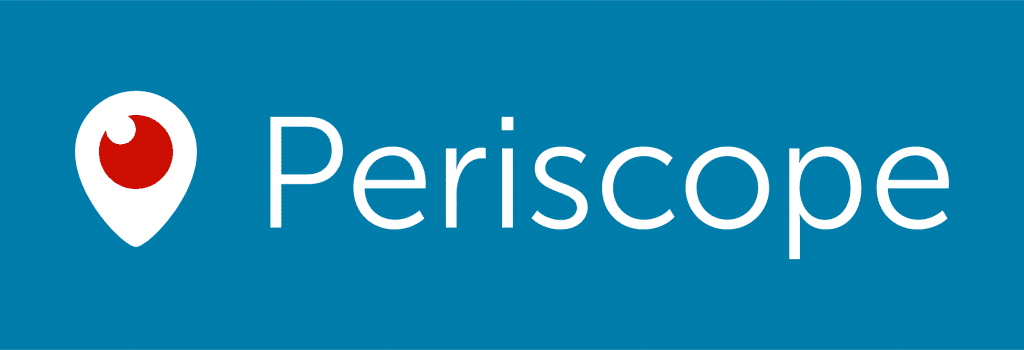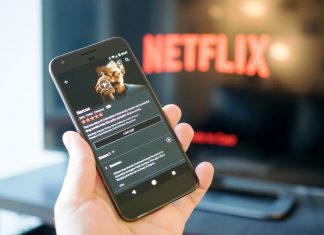The invention of the Internet has changed the world, but smartphones with Internet access turned our daily lives upside down. With the technological breakthrough in the 90s, video streaming started picking up the pace.
Nowadays there is a wide variety of video streaming apps. Video streaming apps can be divided into two main categories depending on their functions:
-
Apps for Video Streaming –
These apps are about video playback. The videos are uploaded to the server once where they are stored for an unlimited amount of time. Every user can view a video at any time and everywhere. It doesn’t matter when a video is uploaded.
-
Apps for Live Broadcasting –
These apps differ from the previous category. They are designed for online broadcasts. It means that the videos aren’t uploaded to the server. The videos are broadcasted directly to the subscribers. The videos are stored on a server for the limited amount of time or not stored at all.
Streaming apps can also be divided according to the area of their focus. Some of them are ideal for work, some for entertainment, some for earning money, etc. But yet most of the existing live streaming combine two or more purposes.
Of course, disclosing the development process of both video streaming app types will take long to read. Instead, we’ll focus on the applications designed for live streaming.
Live streaming apps appeared not long ago, but they are tremendously popular. And it’s not a surprise. Live streaming apps have a huge functionality allowing to complete a vast number of tasks. Taking into account that while streaming from a phone, people can show and even teach something new. Live streaming widens up the horizons. Thanks to the limitless of live streaming, we can visit lots of events, conferences, concerts, etc. just staying at home.
For example, being on the top of Everest, you can open up its beauty and magnitude to the rest of the world. Of course, everything depends on the Internet.
Let’s delve into the process of broadcasting process. How is it executed? Only registered users can stream and watch the videos. It’s better to implement several ways to register in the app, e.g., via Facebook, email or telephone number. For example, you can register via Twitter or mobile number in Periscope.
Once registered, the users can dive into the world of live streaming. The users have a wide choice of themes. So if you are interested in sports events or Formula-1, you will definitely find a channel that fits your interests.
(Top 5) Best Live Streaming Apps (Applications)
Before developing an app, it seems logical to consider the most popular apps in this category and generate something similar but better.
What are the Most Popular Live Streaming Apps?
What does an MVP for Live Streaming Apps Look Like?
Get inspired by the success of live streaming giants? Great, start with building an MVP (Minimum Viable Product) for your app. An MVP is a great way to test how the audience will react to your app but at minimum cost.
There are several platform options for mobile apps. Some are more widespread, and some not. Developing an app for the US market, it’s a great idea to build an IOS app. Sometimes you need to reach several platforms at once.
Depending on the number of platforms, the apps can be native or hybrid. What is the difference between them? A native app is written in a platform-based coding language. Thus, native apps provide additional value to the users. But a hybrid app is an app supporting multiple platforms with the code written as a rule in CSS, JavaScript or HTML.
Main Features that an MVP can’t get Away with –
- User Registration
- Personal User Profiles
- Live Video Streaming
- Video Commenting
- Search
- App Design
- Server
These are basic things to ensure that an MVP will work and cover the targeted needs of the audience. As a rule, an MVP is enough for testing and even for checking the popularity of an upcoming fully functioning app.
With an MVP, the users will be able to broadcast, search, and comment. For the first launch, it’s far more than enough. The building of an MVP includes testing and bug fixing. After an MVP gets polished, it is uploaded to a store of the platform you’ve chosen (IOS, Android, BlackBerry, etc.)
The next step is app promotion and waiting for the user feedback. It doesn’t mean that you’ll be sitting and doing nothing. It’s high time to analyze the first feedbacks and start improving the app. And what comes next? And then if you see a positive response, make sure that your app tops the niche.
Ways to Improve the App –
Here we will disclose what features can you add to the app to win over the others.
Have a look at the features of the MVP. Do you feel like something is missing? Lots of things, you may say. Let’s start with the essentials.
Registration Options –
At the stage of an MVP, one registration way is enough. For example, you can implement only a registration via email. And then you can extend the ways to two or more. Note, a password recovery function is a great feature to add to the app functionality. People tend to forget their passwords.
Developing the product, consider implementing a registration via social network profiles. The app will draw up the necessary information from the existing user profiles to ease the process of registration. At the same time, such a feature can attract more new customers.
Personal Profile –
Consider what information the user should add to the profile. At the initial stage, a username and a profile picture will be enough.
Later you may Extend the List to:
- Date of Birth
- Subscribers
- Subscriptions
- Themes for Streams
- and more
With such information, the user can check if a streamer is interesting. If you add a news feed, this can turn your live streaming apps into a social one.
Video Streaming –
For the first version of the app, live streaming is enough. This means that the video isn’t stored on the server and the users can’t watch the streams later.
For the further development, you may add See Later function that will enable the users to watch the broadcasts after they are finished. To make it real, you need storage (a large one). You can take advantage of cloud servers since it’s nearly impossible to estimate how many users you will have. And as the number of users grows, the servers should also get bigger.
How does a See Later Function Work?
The broadcasting stream goes to the server where it’s converted. After the server, the stream appears on subscriber’s screen. At the same time, the video is uploaded to the storage and saved there for some time. The length of the storage period depends directly on the capacity of the storage. After the period is over, the video is deleted from the server.
Summing up:
These are only short guidelines on how to develop a live streaming app. But its realization process may be different as well as the app functionality.
Always try to be individual, even in apps. And if you have a great idea, there will always be ways to bring it to life. In the end, you get two options to develop it by yourself or trust it to the hands of experts.


















![[Buy Now] fnf Ifive Mini 4S Review Tablet PC “Offer” Price (Buying Guide) fnf Ifive Mini 4S](https://www.techinpost.com/wp-content/uploads/2018/01/thumb_60261_default_big-324x235.jpeg)


Live video streaming became a bridge between influencers and their fans. Celebrities often go live on Instagram or Facebook to get feedback from their audience. So that’s no surprise that live streaming app development has become so popular.
This article is helpful for the mobile app developers. It gives details about the purpose of live streaming usage.
I never thought the live streaming mobile apps would be in trend in the future. This is really awesome to know a mobile app is available for every sector. Your article is awesome too. Can you update us for another article for a topic “Top 10 video streaming app?